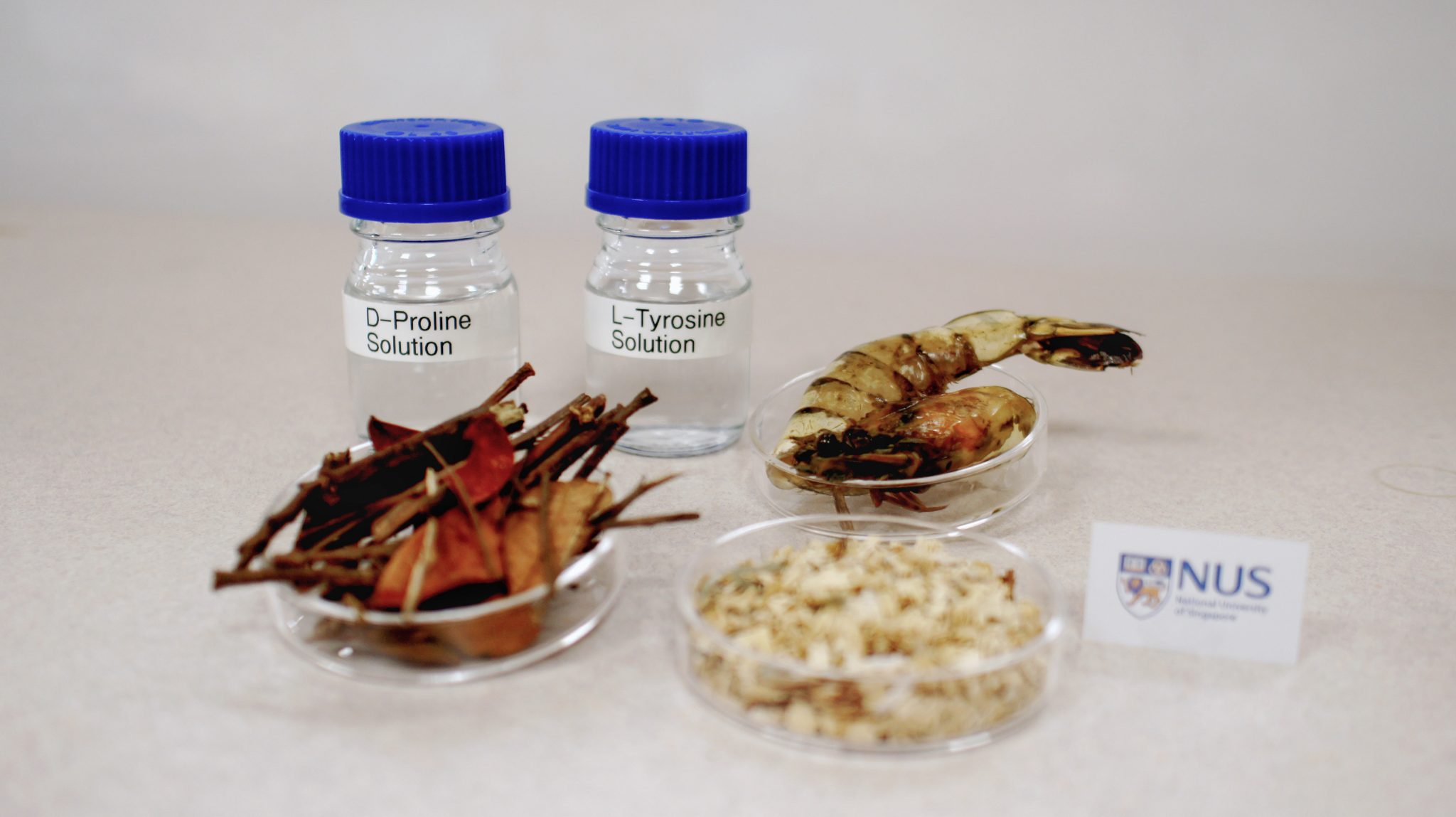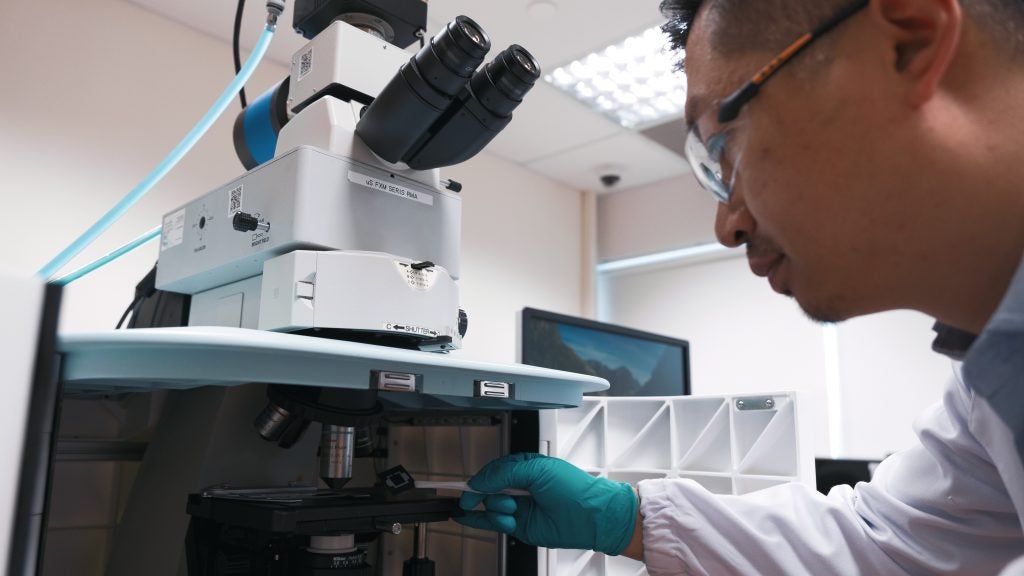
Each year the food processing industry generates around eight million tonnes of crustacean shell waste, most of which ends up in landfill.
But a new process developed by researchers from NUS Chemical and Biomolecular Engineering can turn waste shells from prawns and crabs into the essential ingredient for a drug to treat Parkinson's disease.
The same method, which marries a chemical approach with biological processing, can also be adapted to convert wood waste to Proline, a joint health supplement which boosts the formation of healthy collagen and cartilage.
Looking further ahead, the research team led by Associate Professor Yan Ning and Assistant Professor Zhou Kang say the new process which is designed to extract high value chemicals from waste and renewable sources could be applied to turning carbon dioxide, one of the most prolific greenhouse gases, into ethanol and eventually even into lab-grown beef.

The conversion technology could potentially play a pivotal role in the chemical industry which has seen a growing interest in waste-derived compounds in a bid to reduce reliance on non-renewable fossil fuels and energy-consuming processes.
The researchers say their integrated chemical-biological workflow offers a pathway to produce a variety of high value chemicals from waste products.
"Chemical processes are rapid and can utilise a variety of harsh conditions such as extreme heat or pressure to break down a wide variety of waste materials as no living organism are involved, but they can only produce simple substances," says Asst Prof Zhou.
"On the other hand, biological processes are a lot slower, and require very specific conditions for the microbes to flourish but can produce complex substances which tend to be of higher value. By combining both chemical and biological processes, we can reap the benefits of both to create high value materials."
Read more at NUS News
And at the Straits Times





